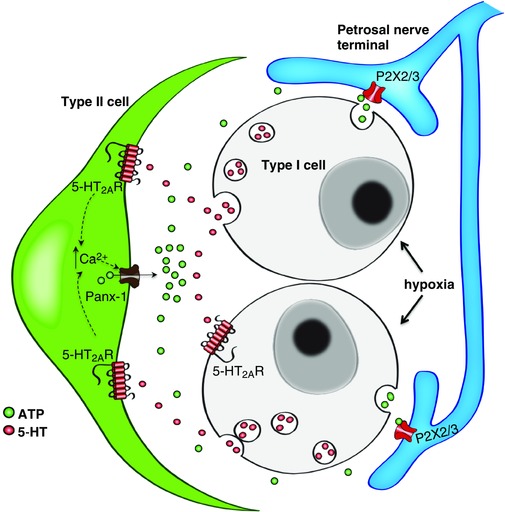Figure 11. Schematic representation of the proposed autocrine–paracrine role of 5‐HT at the carotid body sensory synapse.

Chemostimuli such as hypoxia cause depolarization of type I cells and the release of several neurotransmitters of which only ATP (green circles) and 5‐HT (red circles) are shown for clarity. 5‐HT may act on autocrine–paracrine 5‐HT2A receptors located on a subpopulation of receptor type I cells and on the majority of adjacent glial‐like type II cells. Stimulation of 5‐HT2A receptors on type I cells may facilitate membrane depolarization and the release of ATP, an excitatory neurotransmitter that acts on P2X2/3 receptors on petrosal afferent terminals. Stimulation of 5‐HT2A receptors on type II cells may cause a rise in intracellular Ca2+, leading to the opening of Panx‐1 channels, which act as conduits for the further release of ATP. Enhanced 5‐HT signalling via type II cells, leading to ATP release, may contribute, in part, to the increased sensory discharge during exposure to chronic intermittent hypoxia. [Color figure can be viewed at wileyonlinelibrary.com]
